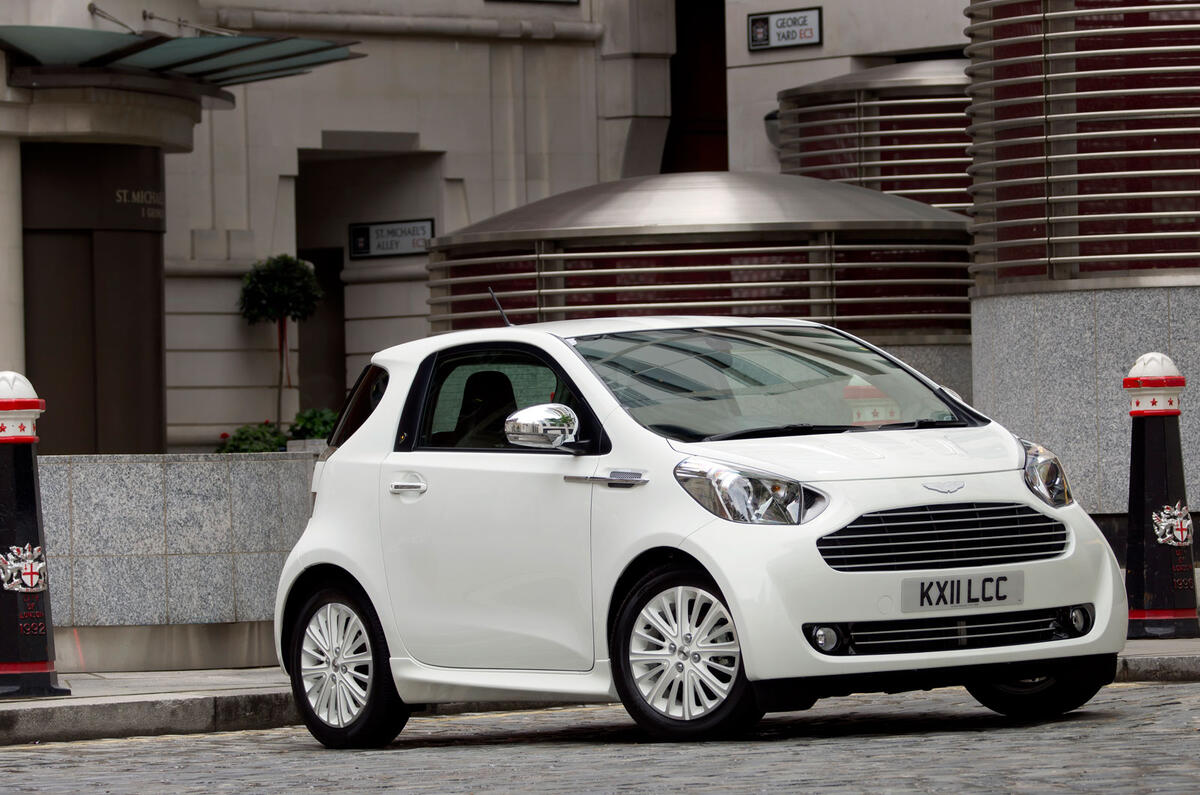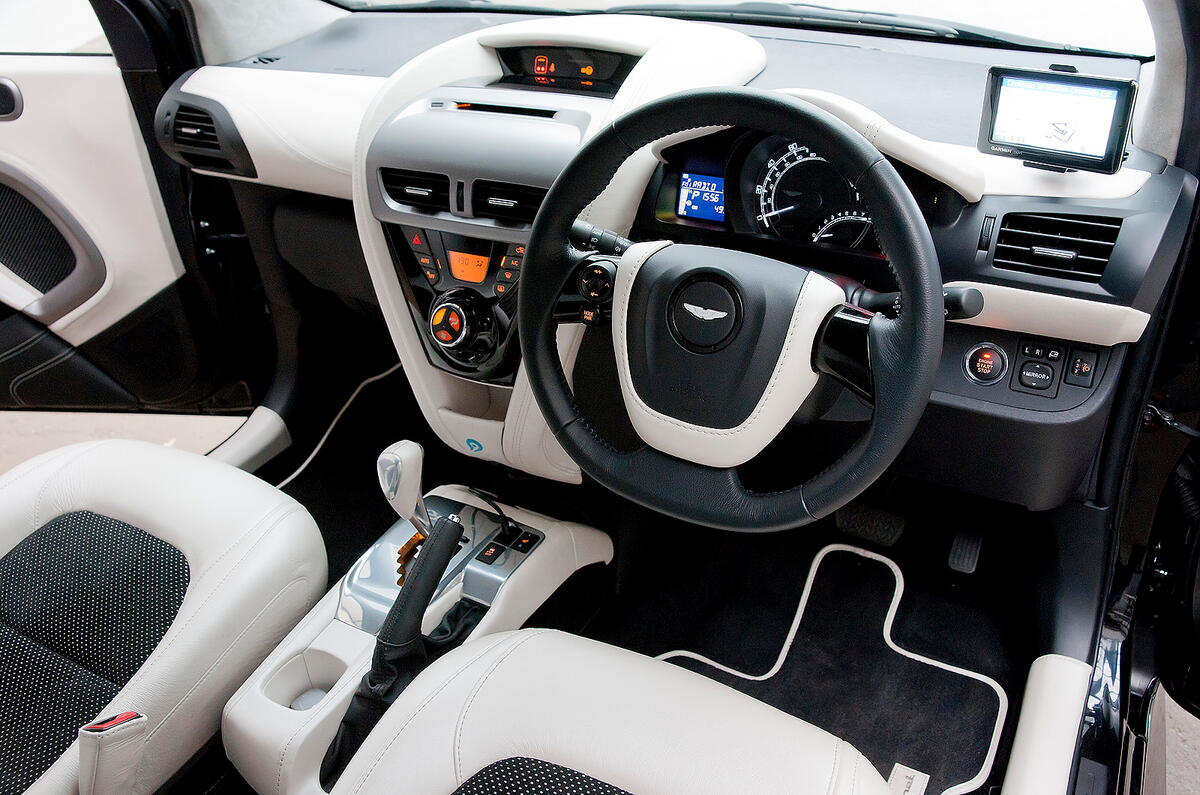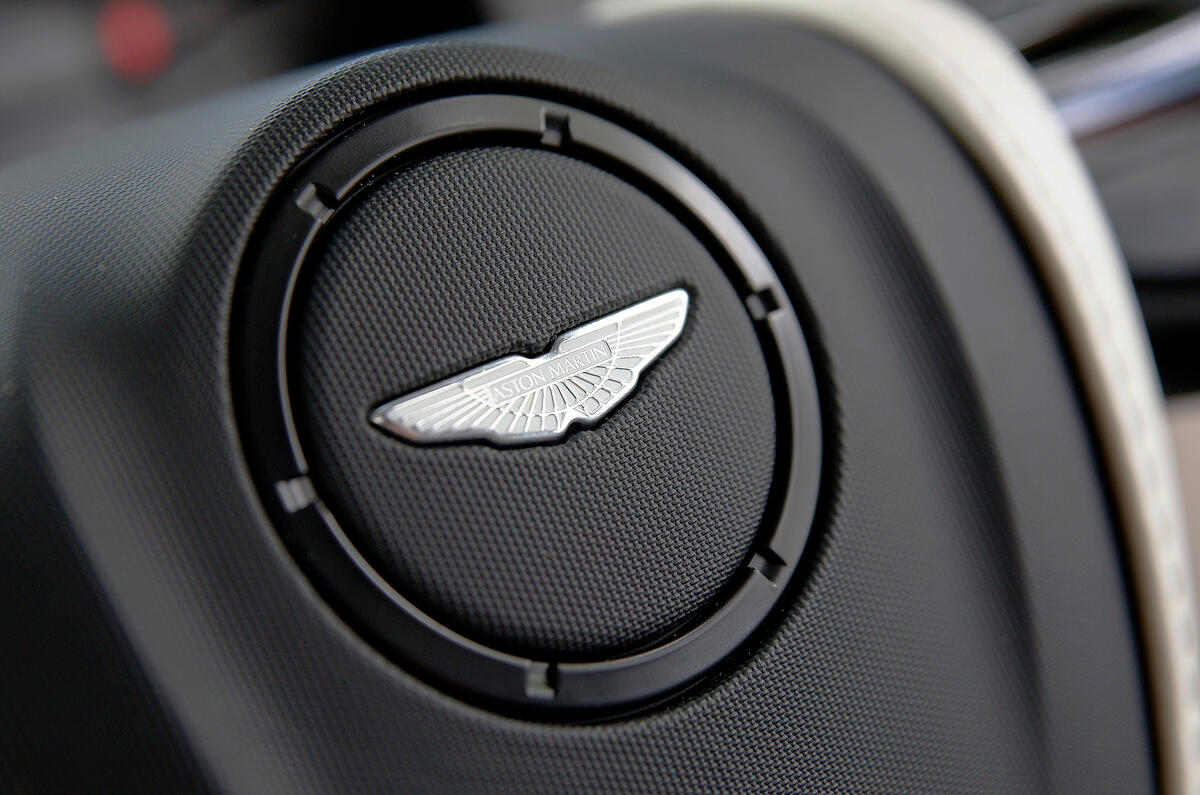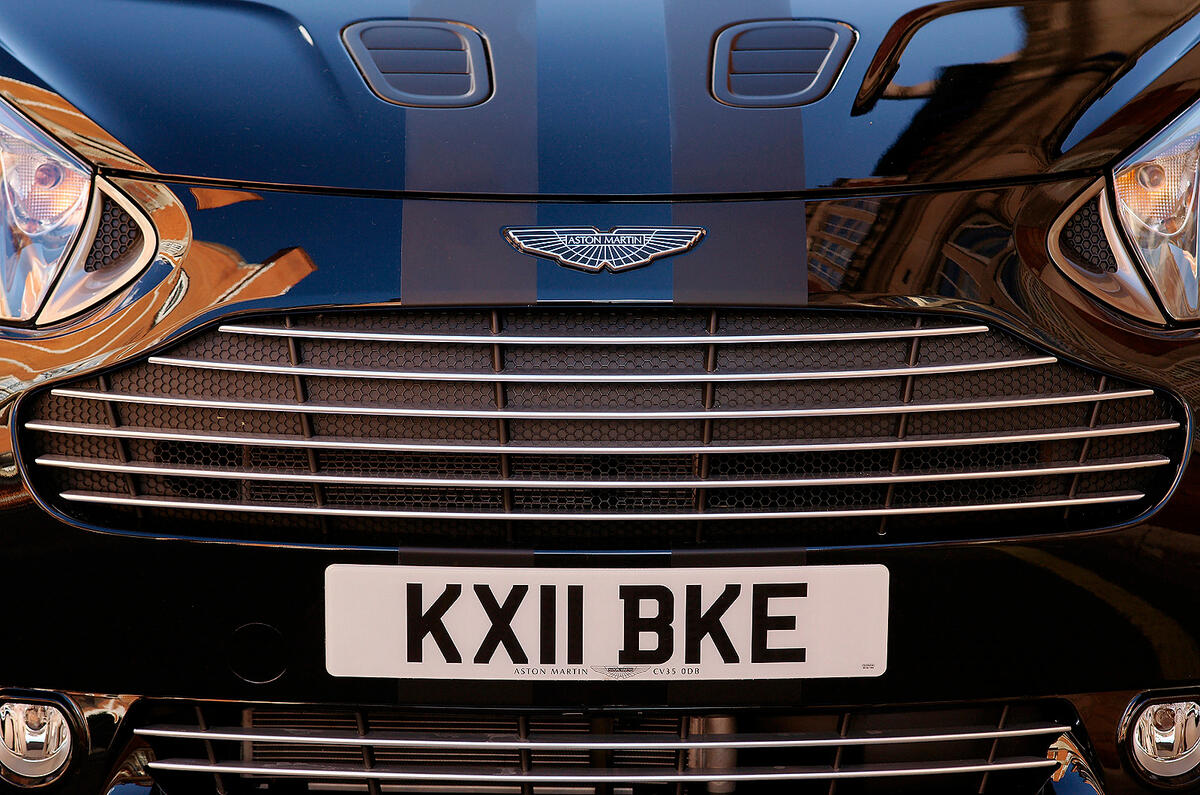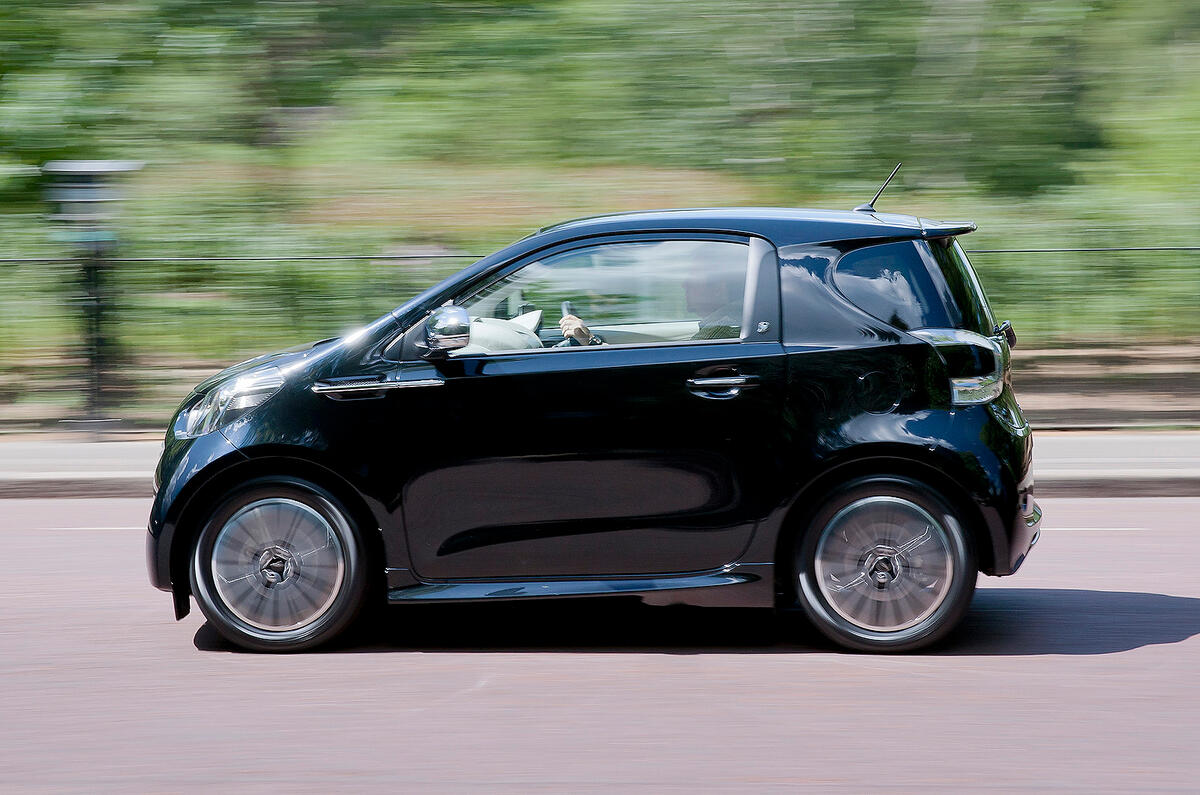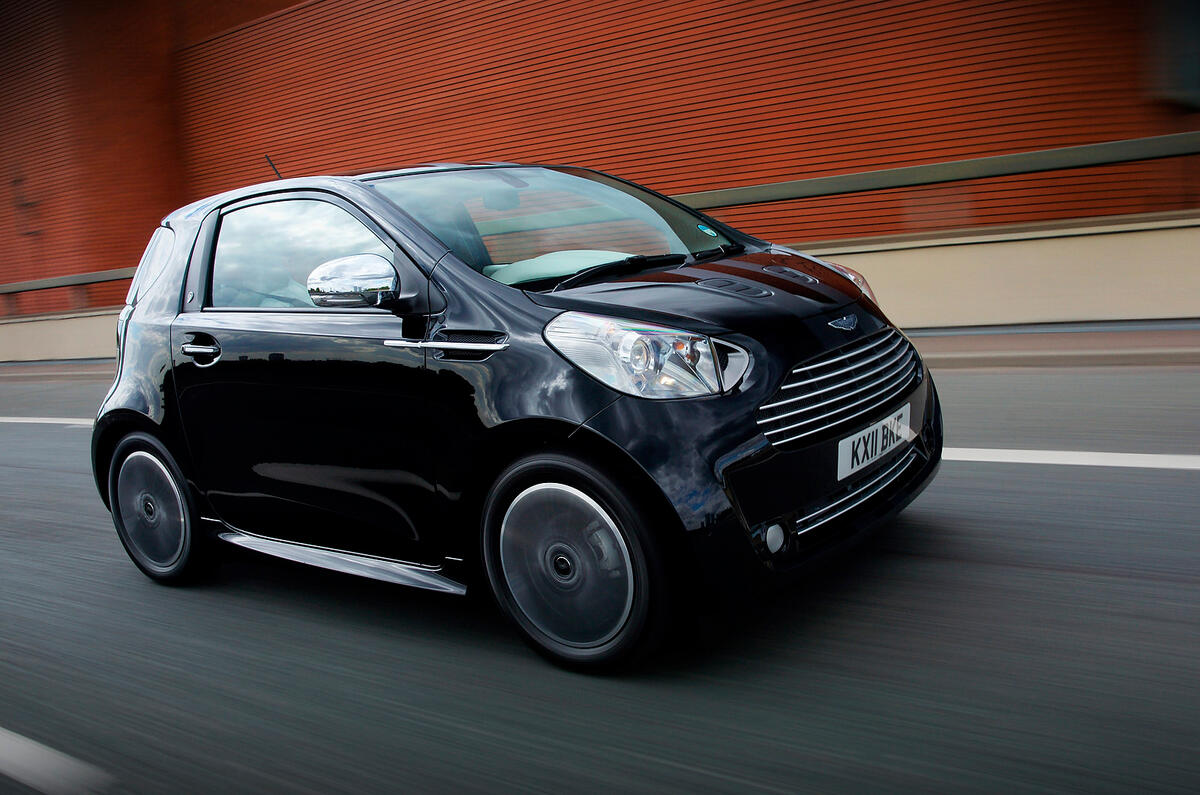To the majority of buyers of today’s conventional city cars, the launch of the new Aston Martin Cygnet must rank as one of the daftest this century. For most of them, small means cheap, and the Cygnet breaks every rule.
At more than £30,000 new, the baby Aston costs more than double the price of the Toyota iQ that donated all its major components — body, chassis, suspension, engine and transmission.
For the extra money you get a proper Aston Martin paint job, a superb hand-fitted and bespoke interior (with as many leather hides in it as are needed to trim a DB9), a series of body mods that give the Cygnet its own visual identity (including a superb extruded aluminium grille from the same supplier as does for the £1million One-77) and the magic of the Aston Martin name.
The Cygnet is quite different from any other Aston Martin. At just three metres in overall length it is the smallest Aston in history. It is its first dedicated city car, and it is probably the slowest Aston in modern times, achieving just 106 mph flat-out, and sprinting from 0-60 mph in 11.5sec — more than twice the time it takes any other contemporary Aston.
Why do we need it? First, because Aston realises that many of its owners also need nippy inner-city transport, and figured they would enjoy driving a luxurious baby Aston if there were one available.


